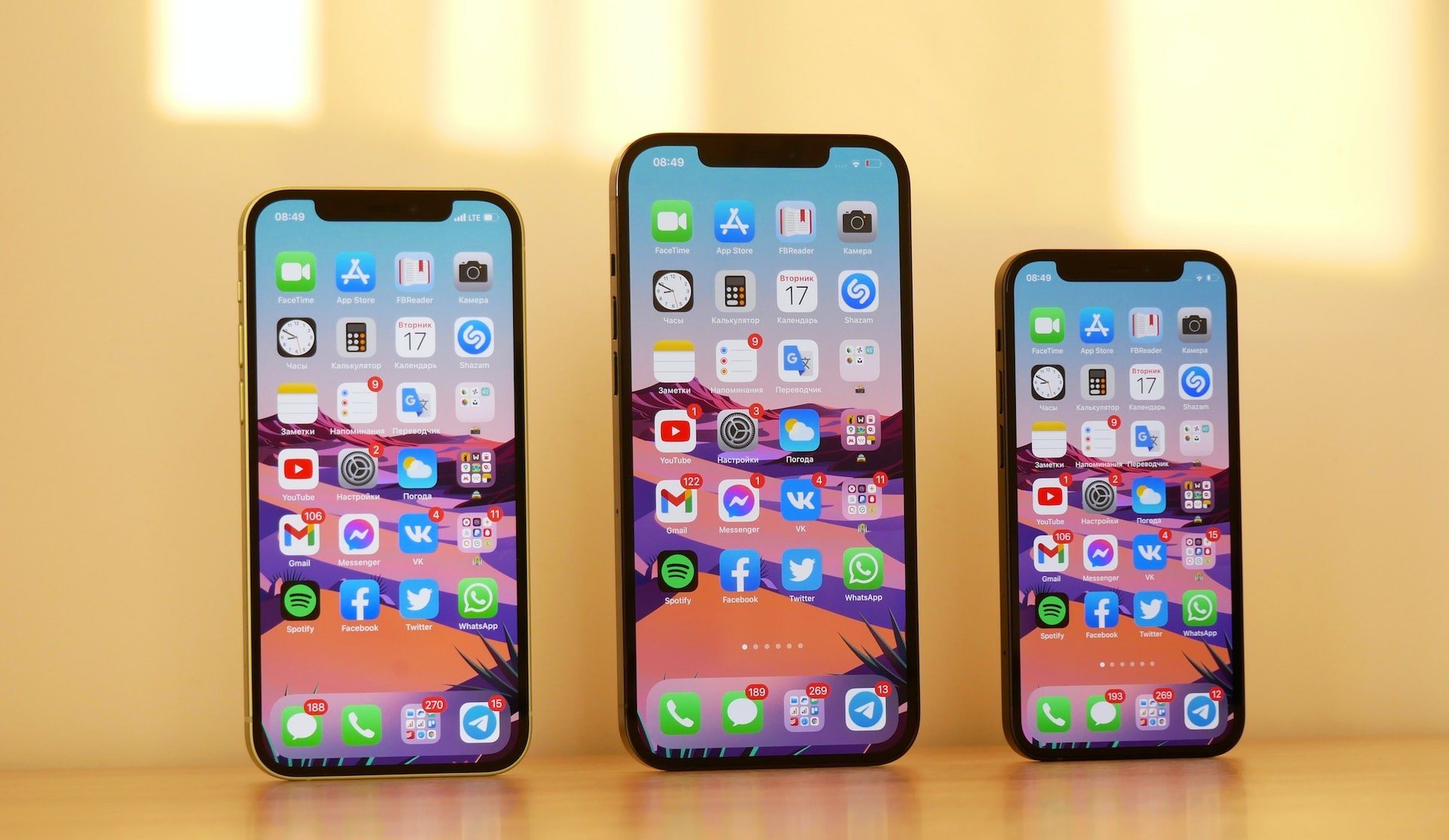What to Consider When Designing a Successful Mobile App?
- 806

With an ever-increasing number of mobile apps competing for user attention, designing an app that stands out from the crowd can be a challenging task. The key to creating a successful mobile app lies not only in an innovative idea but also in its design and user experience.
The design process involves a range of factors including understanding the target audience, focusing on the user experience, optimizing for different devices and platforms, ensuring security and privacy, and maintaining the app post-launch. The following segments delve deeper into these crucial elements to consider when designing a successful mobile app.
Understanding Your Target Audience

The first and foremost consideration while designing a successful mobile app is understanding your target audience. The app's user interface, functionality, and overall design should be tailored to the requirements and preferences of your intended user base. Researching your target audience's demographics, preferences, and behaviors can provide valuable insights into the features they desire in an app. Understanding user behaviors can also help you optimize the app’s user experience (UX).
For instance, if the app is targeted toward a younger audience, it might benefit from a colorful, trendy design and integrated social media features. On the other hand, an app designed for professionals may be better served by a clean, minimalist design and productivity-enhancing features. Analyzing your competition can also provide useful insights regarding what works and what doesn’t in your specific niche. Ultimately, the better you know your users, the more likely you are to design an app that caters to their needs and surpasses their expectations.
Focus on User Experience

While functionality is essential, the user experience can make or break an app. A seamless, intuitive user experience can significantly increase user engagement and satisfaction, leading to positive reviews and word-of-mouth referrals. On the other hand, a cumbersome and confusing user experience can lead to user frustration and app abandonment.
Key elements of a great user experience include a user-friendly design, easy navigation, fast loading times, and a minimal learning curve. The app should be visually appealing and easy to use, even for first-time users. It's crucial to test the app’s user experience across different devices and operating systems to ensure it performs consistently. Incorporating user feedback into the design process can also help you identify and rectify UX issues early on.
Optimization for Various Devices and Platforms

With the diverse range of mobile devices and operating systems in use today, it's crucial to design an app that performs consistently across different platforms and screen sizes. This can be a complex task requiring in-depth knowledge of various operating systems and devices. However, failing to optimize your app for different platforms can lead to a sub-par user experience and can also limit your app’s reach.
For instance, an app designed solely for iOS will not be accessible to users of Android devices and vice versa. Therefore, it's essential to consider cross-platform development when designing your app. Additionally, the app should be responsive, meaning it should automatically adjust its layout and functionality to fit different screen sizes and orientations.
Security and Privacy
In the digital age, security and privacy concerns are at the forefront of users' minds. It's therefore crucial to incorporate robust security measures into your app's design to protect users' data. This includes encryption, secure user authentication, and ensuring the app does not require unnecessary permissions.
Furthermore, the app should be transparent about how it collects, uses, and stores user data. This can be achieved through a clear and concise privacy policy that is easily accessible within the app. Ensuring your app complies with data protection regulations, such as the GDPR in Europe, is also crucial. If users trust your app to handle their data responsibly, they are more likely to continue using it and recommend it to others.
Maintaining the App Post-Launch
.jpg)
After the app is launched, the work is far from over. It's essential to regularly update the app to fix bugs, add new features, and improve the user experience. Regular updates can also help keep your app relevant in the ever-evolving app market.
It's also beneficial to monitor user feedback and app performance metrics post-launch. This can provide valuable insights into how users are interacting with the app and highlight areas for improvement. Regularly engaging with your users and responding to their feedback can also help foster a sense of community and encourage user loyalty.
In conclusion, designing a successful mobile app involves understanding your target audience, focusing on the user experience, optimizing for different devices and platforms, ensuring security and privacy, and maintaining the app post-launch. While this can be a challenging process, the rewards of a successful app can be well worth the effort.
